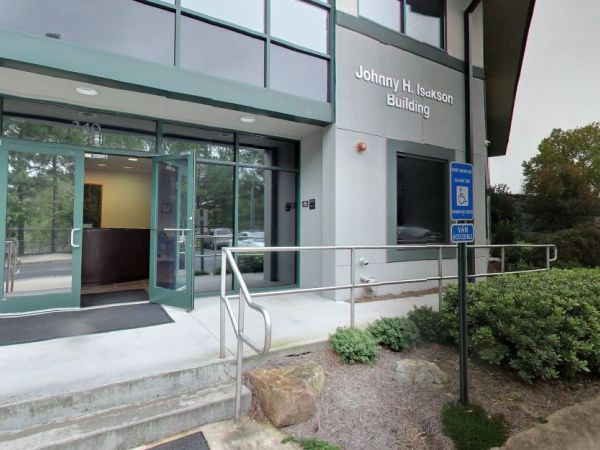Google Street View creates what feels like a
seamless (if pixelated) tour of city streets, and it's one that you could
wander through all day if you had the patience to keep clicking. Virtually walk
down any road, though, you may notice that sometimes the weather changes, or
the seasons do.
Street View knits together a simultaneous
patchwork of images taken at different times, and that means the site offers a
quirky visual history of evolving neighborhoods – if, that is, you know exactly
where to look.
Justin Blinder, an artist, programmer, and
designer based in Brooklyn, stumbled across several of these
wrinkles in Google Street View time while
searching for ways to visualize how the city had changed under Michael
Bloomberg, for a collaborative art project called Envision New York
2017.
"The two prominent elements for me of
the Bloomberg Administration seemed to be one, the opening of city data,"
Blinder says, "and the other was this generally perceived accelerated
gentrification."
He wanted to use the one to narrate the
other. So he pulled up the city's recently released
PLUTO dataset of property parcels, searched for
those developments that were only a few years old, then went looking for their
addresses in Street View.
"I immediately started seeing that most
of the locations were actually vacant lots," Blinder says. The Google car
hadn't driven by since the new luxury condos or office buildings or mid-rise
rentals had gone up.
Because of how Google documents streets, though, one
intersection may be viewed from multiple angles captured at different moments
in time. Maybe a Google car passed down India Street in Brooklyn two years ago.
Then another car came down McGuinness Boulevard earlier this winter. Stand at
the intersection of those two roads, and the scenes change dramatically.
"You’ll realize that they were taken at
two completely different times," Blinder says, "and sometimes the
delta between those times is so great that it actually spans the development of
an entire building."
As it turns out, a GIF may be the perfect
medium to capture how it feels when new buildings seemingly pop up in your
neighborhood overnight (Blinder, though, leaves it to the viewer to decide if
this is gentrification in motion).
Blinder went back to the PLUTO dataset
specifically looking for other recent corner-lot developments that might be
viewed this same way
Blinder has come to look at Google Street View images of
city streets as a kind of database of information. Google Street View itself
isn't all that old (and older images as Google updates them aren't publicly
archived anywhere online). But his project suggests that the mapping giant's
Street View cars may be inadvertently documenting all kinds of processes of
urban change.
Source: citylab.com


